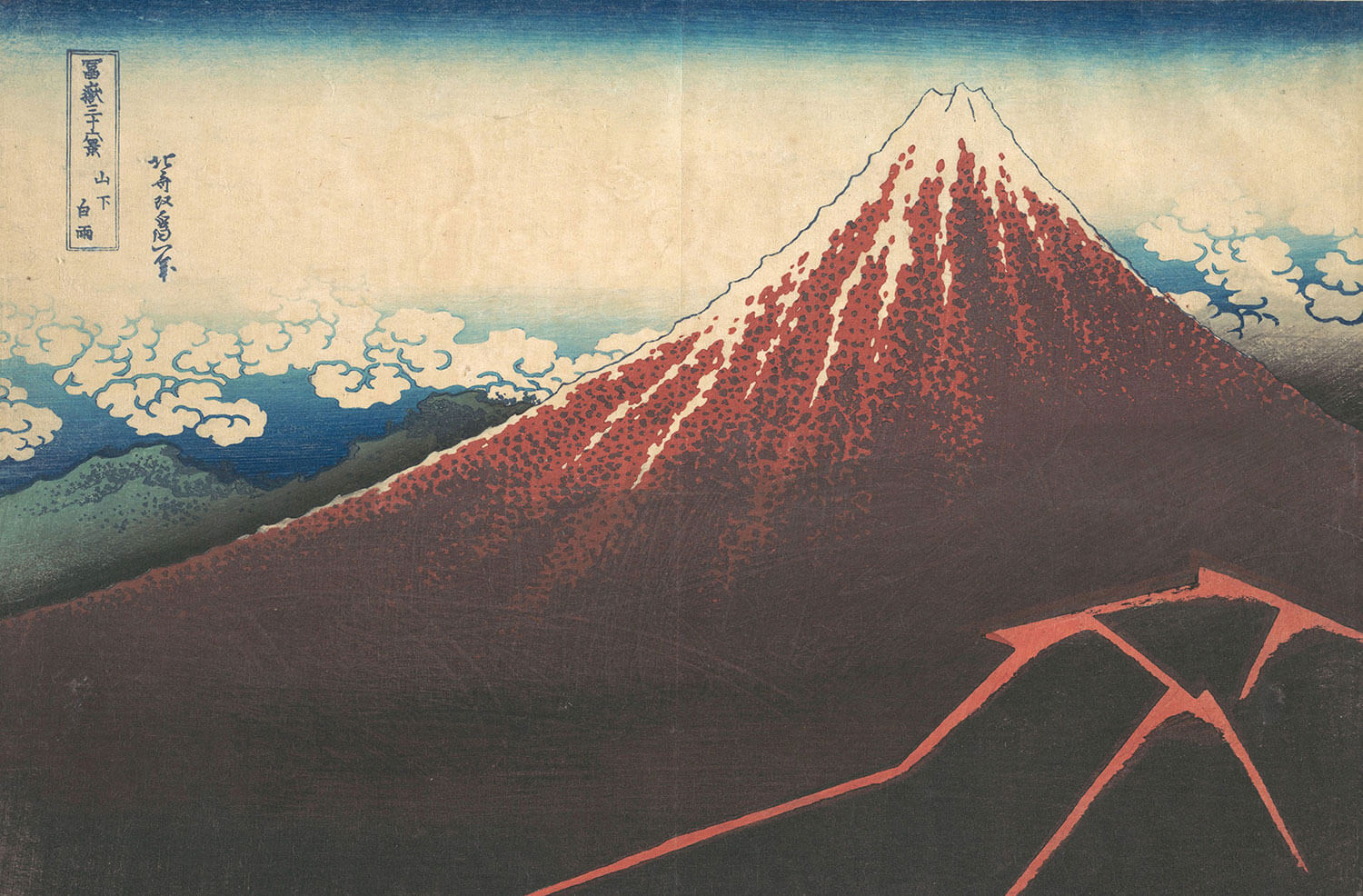Metadata
Highlights
- The product was stalled for the first 2 years. I was just so focused on building that I wasn’t doing much marketing at all. It was a big mistake.
- Building the product and adding all the features is vital, but you should also be marketing at the same time, which I wasn’t.
- It’s also much easier to build an audience once you’ve actually started doing things to talk about.
- My process is simply to put out a lot of free, high-quality resources. And of course, I target a keyword for each one.
- You have to make sure everything you do provides some value to the target user that you’re trying to attract.
- Note: 不一定输出的每篇文章、每个视频都要全部是亮点,只需要包含几个亮点、明确目标读者。 例如,目标是吸引很多 Keycloak 用户,可以将其中一个问题点写成文章。
- More or less. The things I’ve done for SEO are: • SEO optimization: Making the site fast, optimizing images, titles, descriptions, etc. • Posting lots of blog posts (around 80+ so far) • Building free tools like image editors, caption generators, etc. • Acquiring free tools (same as above) • Creating “compare” or “alternative” pages to get people who are looking to switch from a competitor • Building a page for each main feature of the product.
- So far I’ve acquired about 7 free tools. They’ve been really good for driving traffic and boosting our SEO.
- Basically, when I buy a tool, I’ll build the exact same tool onto Pallyy’s website, then 301 redirect the original product there. Doing this gives me almost the same SEO benefits. I get their keyword rankings and also their backlinks, if they have any. Some of the tools I’ve acquired have had amazing backlinks that the owners probably had no idea about.
- I’d been searching AHREFS for keywords of tools in my niche and came across “image caption generator” which was a low-difficulty keyword with decent traffic.
- There was no response for months. In the end, I decided to build one anyway and it actually ranked up in 1st/2nd position quite quickly, getting about 2K clicks/day.
- SEO drives about 95% of Pallyy’s traffic and conversions these days, so it’s been the most effective marketing I’ve done.
- I redirected it to Pallyy and now my tool is firmly placed in #1 position.
- I started to double down on SEO two years ago. These things take time to rank and drive traffic, so it’s best to do them as early as you can.
- Before increasing it, I compared Pallyy’s pricing to 10 others in our niche. We were very close to the bottom. I found that increasing the price by $3 wouldn’t change where we sat in that comparison, so it seemed like we could do it without any issues. James: Smart. What then? Tim: Then, I sent out an email to 10-20 of my paying users (of all sizes) to see what they would think if I increased it. The response was that I should do it. Nobody said I shouldn’t. Some even said it wasn’t enough of an increase.
- James: You mentioned that the market was crowded. Why didn’t you choose a less crowded market? Tim: You don’t need to come up with a unique idea to build a successful business. Just find an existing niche you have even a tiny interest in, join it, and build something. Make sure it works really well and it’s affordable. And then provide great support.
- Note: 所以不能因为市场上已经有这类产品就不做了,相反只要这对你是刚需,就去做。要去做好。
- A common thing that I’ve seen is people saying you shouldn’t listen to every customer in the early days. They say to stick to your vision. In my case, in the early days, I listened to almost every single feature request and 99% of the time built it. Listening to those early users helped me gain direction and build a platform that’s useful.
- The reason I plateaued wasn’t that I was building too many features, but because I did it for 2 years while doing almost zero marketing. If I were to start over again I’d be at least doing 75% building, 25% marketing even in those early days.

